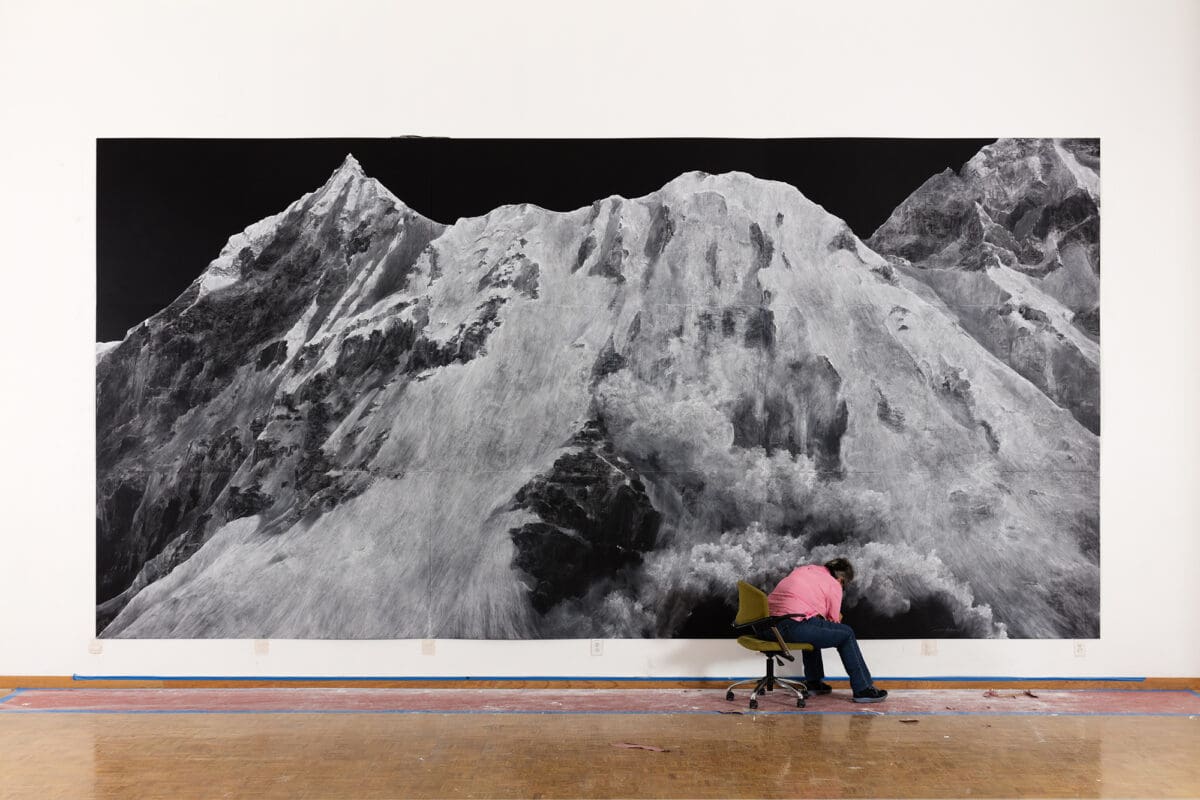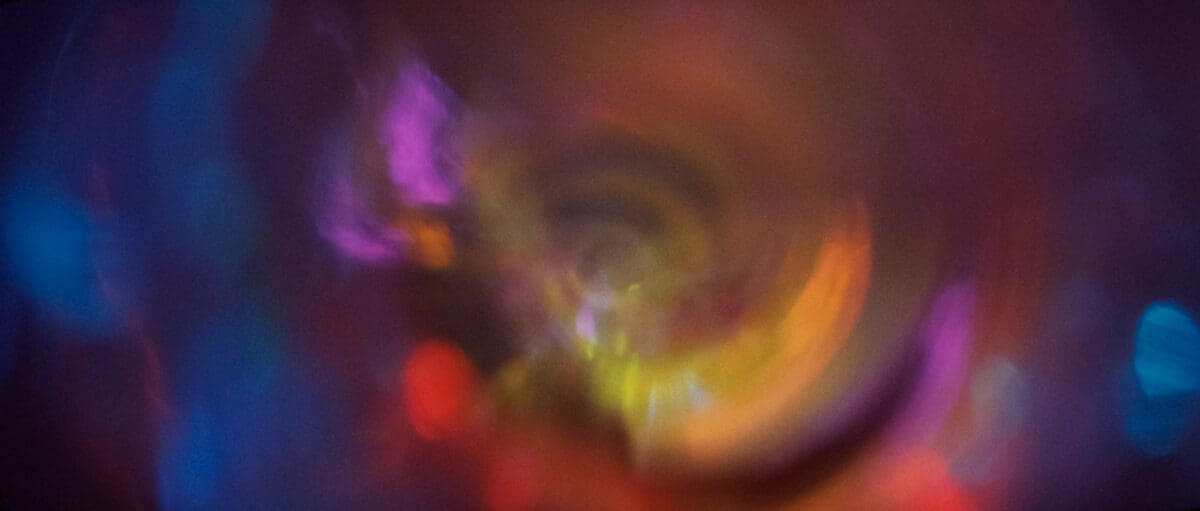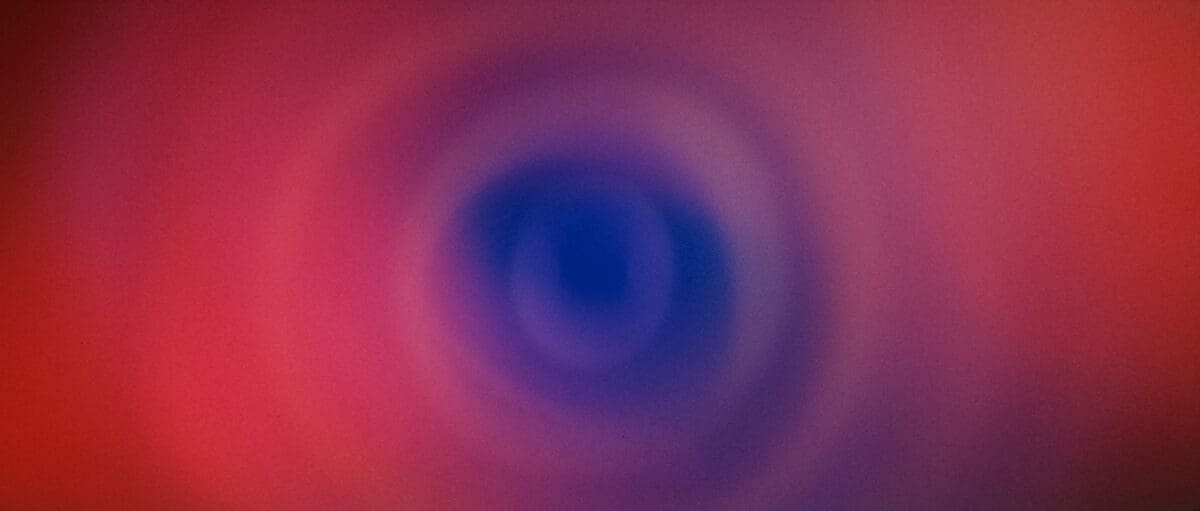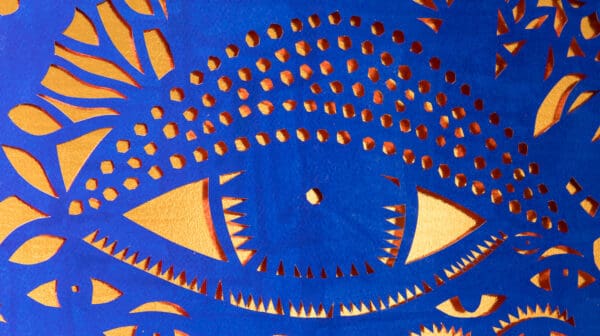A friend, recently reeling from fresh heartache, asked me what she should watch to feel better. I suggested Éric Rohmer’s The Green Ray, though I doubted its ability to deliver uncomplicated comfort. The 1986 film is about a Parisian secretary, unceremoniously dumped, whose summer vacation plans have consequently fallen apart. So, she rides the coattails of various friends’ holidays, wandering from beach town to beach town, weepy and obstinate, never forsaking her openness to romance and destiny.
“It’s better to wait… than face reality,” laments the longing-stricken secretary. “Better than spoiling your hope.” There are plenty of superstitious images in Rohmer’s film—playing cards, black cats—but none are more mystical and moving than the titular green ray, a fleeting phenomenon and optical illusion, where an electric green halo flashes across the sky, just as the sun vanishes under the horizon. If witnessed, it is believed to grant the observer a clear picture of their true self.

It is not surprising that British artist Tacita Dean—a sentimentalist in the best way, consistently drawn to coincidence, impermanent beauty, and fleeting encounters of grace—would herself seek out this evasive wonder. In 2001, she went to watch the sunset off the west coast of Madagascar. She had believed she had seen the mythical ray, but observers next to her, armed with a video camera, told her that their footage was proof the phenomenon had not occurred.
But Dean had her own spools of film, that when developed, revealed the radiant, sickly beam. Too fleeting for digital video, it had been captured by the care and capaciousness of celluloid, a crucial medium for Dean, who is evangelical and romantic about its abilities. Of digital film, she has said “…for me, it just does not have the means to create poetry; it neither breathes nor wobbles, but tidies up our society, correcting it, and then leaves no trace.”
“Dean’s practice was practically bestowed. Tacita comes from the Latin word ‘tăcĭtus’, which means the silent, the secret, the occult, and the hidden.”
Dean’s The Green Ray, 2001, is not included in the Museum of Contemporary Art’s (MCA) forthcoming summer exhibition of the artist, which is a vast survey of more recent, large-scale works. But like the mythological capacities of the ray when seen, it is a work that reveals a clever picture of the artist, containing many of the ideas that continue to haunt her work. It is full of those beloved wobbles and indelible traces. Like Rohmer, it is a work of a classicist, which uses 16mm to conjure the texture and movement of landscape painting. Her approach is Sebaldian, following the winding, unclear road of disappearing histories, events, people, and places. Like her other films, chalk drawings, and installations, it shows us what is possible when we devote ourselves to patience and the quiet act of looking.
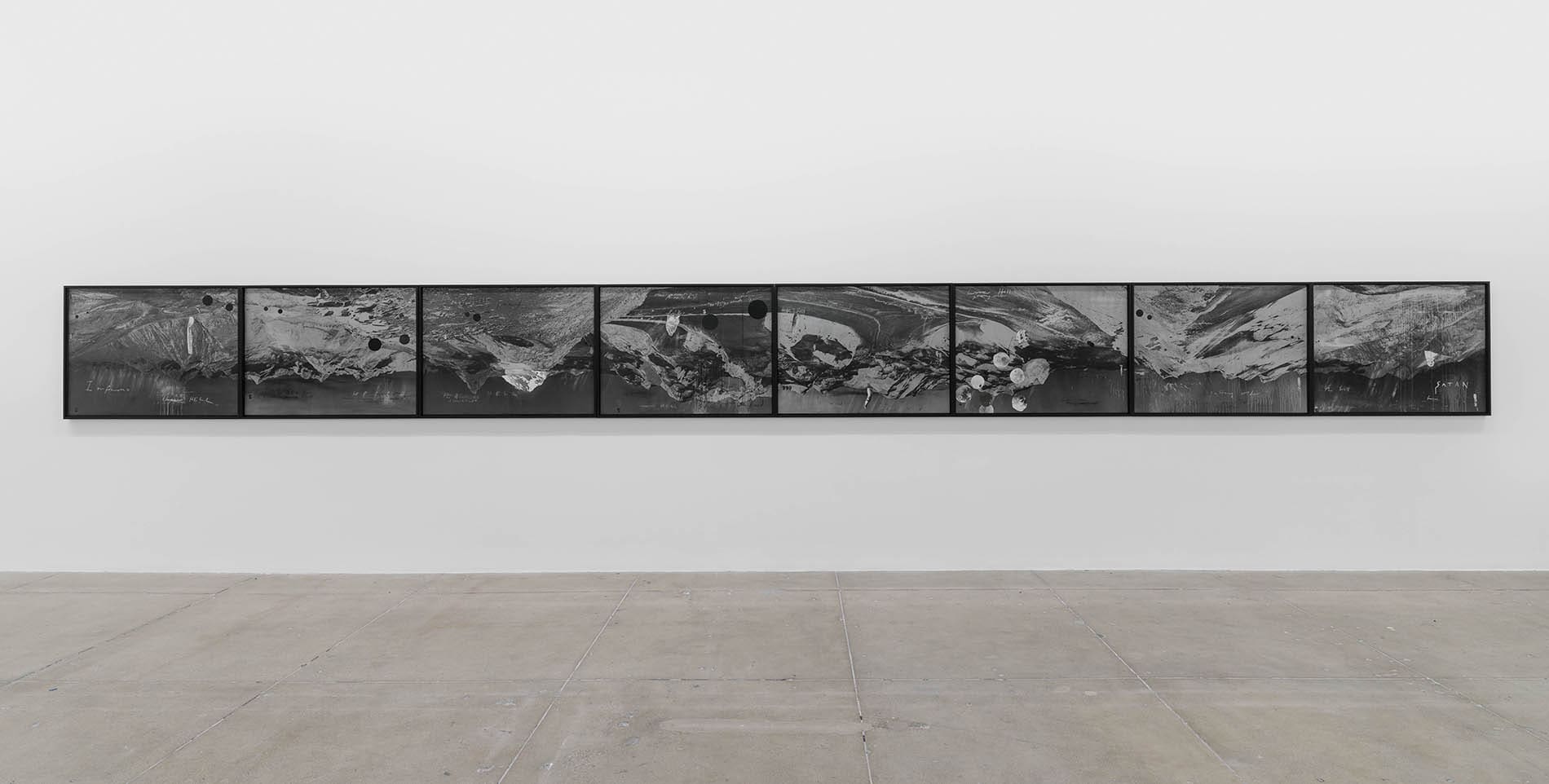
Dean’s practice was practically bestowed. Tacita comes from the Latin word ‘tăcĭtus’, which means the silent, the secret, the occult, and the hidden. Tacita was even the name given to the silent, Roman goddess of the dead (the implications of Dean’s name are far simpler than her siblings; her sister is named Antigone, her brother, Ptolemy).
It can be simplistic to draw a clean line between an artist and their upbringing, but I’d be remiss to not bring up her picturesque, practically Victorian childhood, that has clearly shaped her work. She grew up in a 17th-century house in Kent, on the hilly North Downs, full of flint her father collected. She herself is a faithful collector—of four-leaf clovers, round stones, and postcards.
This predilection for rummaging makes itself known in Dean’s installation Monet Hates Me, 2021, to be displayed at the MCA. Emerging out of a residency at the Getty Archives in Los Angeles, the work is an ‘exhibition in a box’, featuring meticulous, handmade replicas of items she discovered picking up boxes at random in the archives. Her game of serendipity saw her discover the key to Auguste Rodin’s studio, and even a letter from Claude Monet to Camille Pissarro, which appears to say “hate tacita”.

Dean has drifted away from the untameable oceans and ghostships of her early work, but she is still enraptured by the colossal and the precarious, as the MCA exhibition reveals. Her inverted, mossy artwork of a jacaranda tree Purgatory (Threshold) and her William Blake-inspired film Paradise, commissioned for the Royal Ballet’s The Dante Project, are entrancing, uncanny works, caught between the fecundity of the earth, and the plush haze of dreams. Elsewhere, her chalk works of melting ice caps and white cliffs, filled with tiny annotations, demonstrate the laboured, unruly, and—most importantly perhaps— undetermined work of mark-making.
Nothing is too far-flung or far-fetched for Dean. In her 50-minute film One Hundred and Fifty Years of Painting, 2021, she has crafted a dual portrait of two artists, Luchita Hurtado and Julie Mehretu. They are both painters, both migrants, but most importantly to Dean, they shared a birthday, five decades apart. So, she gathered them around a table, placed them in conversation, and filmed their gentle movements. The work is slow-moving but insistent—that we reckon with how our disparate lives overlap in ecstatic, unexpected ways; that we prize the strange fortune of chance.
Tacita Dean
Museum of Contemporary Art (Sydney NSW)
8 December—3 March 2024
This article was originally published in the November/December 2023 print edition of Art Guide Australia.



